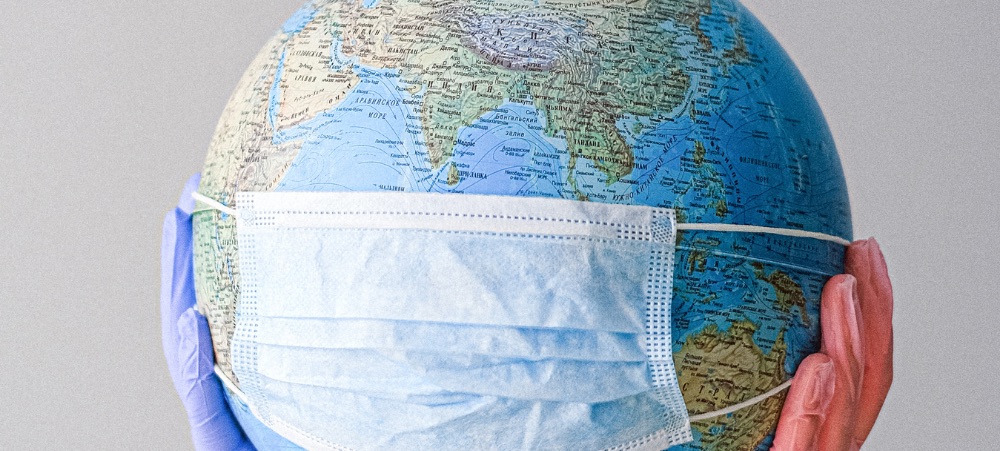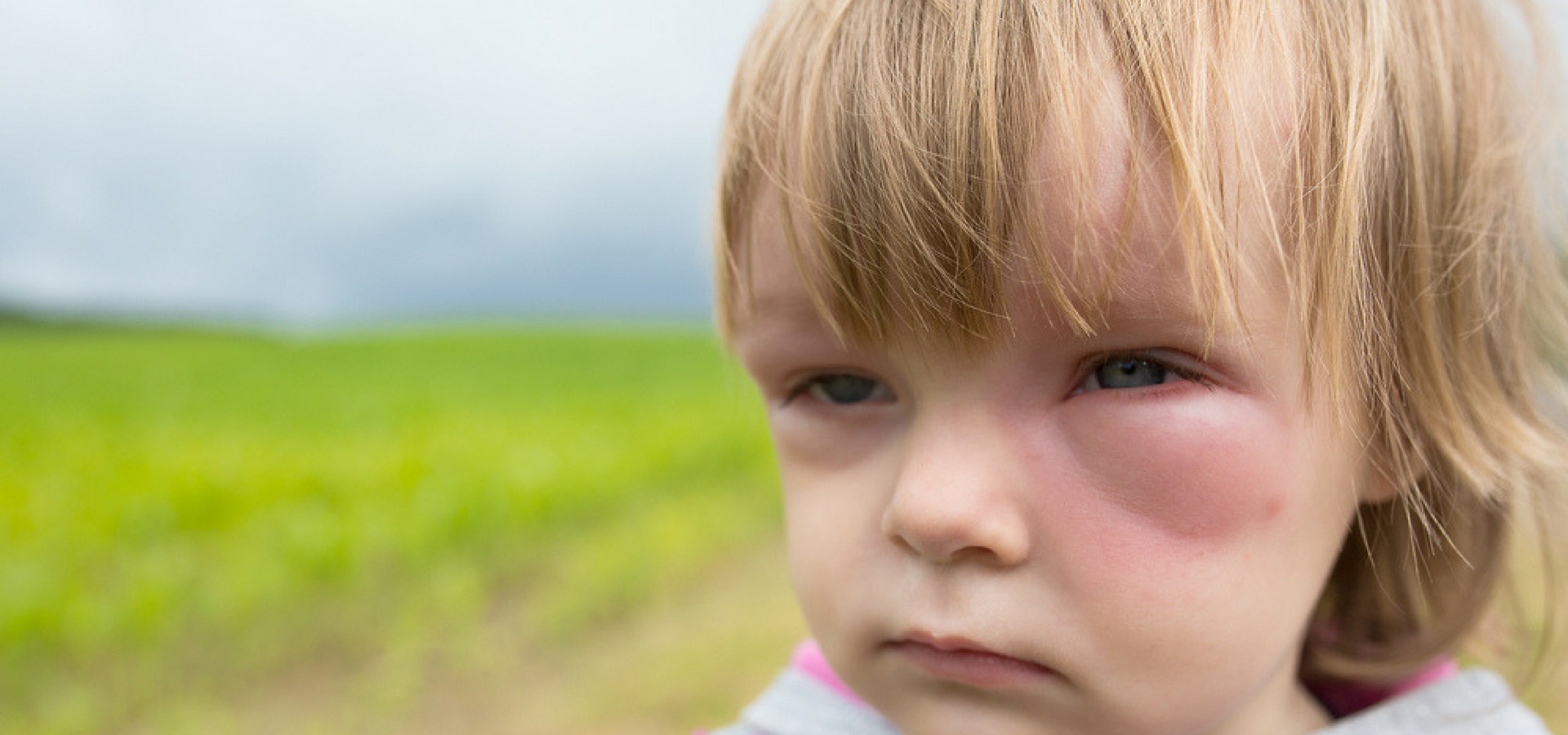By 1Life You’ve finally taken steps to confirm the reason behind your weird cravings, unexpected emotional outbursts, the fatigue as well as all the other unusual things that have been happening to your body of late and so begins the journey towards motherhood. One moment you only had yourself to worry about, and now you’re making way for the new bundle of joy that’s growing inside of you. When you are expecting, taking care of your nutritional needs goes well beyond ‘eating for two’. Instead, there are certain nutrients that your body needs during this journey, to ensure your baby is healthy and that you keep yourself in excellent condition as well. Maryke Gallagher, a registered dietician in Cape Town and President of the Association of Diabetics in South Africa, states that from a nutritional point of view, the first 1000 days are the most important. This includes the time the baby spends in the womb, where the first 1000 days are said to set the stage for healthy brain development, growth and appropriate weight gain and building a strong immune system. Having a healthy nutritional plan is therefore vital and can also assist with protecting against chronic diseases like diabetes, heart disease and high blood pressure later in life. As a result, what you put in your body during this period is extremely important. Some crucial nutritional needs include: Energy needs: These increase in the second and third trimester, but this does not mean you should eat for two. It means increasing the energy intake by 800-200kj per day, the equivalent of a small meal snack, like yoghurt, fruit and nuts, or a slice of rye bread with nut butter and a fruit. Protein needs increase: Focus on eating more safe proteins, at least twice per week. Options that are generally considered safe include trout, salmon, herring, pilchards and mackerel. Plant proteins are mostly incomplete proteins. This means that legumes like lentils, chickpeas and butterbeans need to be combined with grains such as brown rice, quinoa or barley to form complete proteins. Soya beans and tofu are some of the only complete plant proteins. It is generally believed that it is safe to be vegetarian while you are pregnant if you plan carefully to eat sufficient proteins that meet the body’s demands. Omega 3 Fatty Acids: These essential fats are important in pregnancy for healthy brain development in the baby. Fish is one such example of a good source of Omega 3 fatty acids, which you should consider before taking supplements to ensure that you are meeting your daily requirements. These type of vitamins reduce the risk of preterm birth and play a role in the visual acuity of the baby. Later in life, they play a role in the IQ and behaviour of the child. They also play a role in regulating the mood of the mother. Total fat intake: Every cell in the body is made up of fats, and cell membranes consist of phospholipids that influence how well cells communicate with each other within the body. Plant fats are particularly valuable and include nuts, seeds, avocado, olives, olive oil, and flaxseed oil. Micronutrients: These are essential vitamins, minerals and phytochemicals. During pregnancy, the important ones are Folic Acid, Iron, Calcium, Vitamin D, B12 and Choline. Choline plays a role in the first trimester development of the baby, in particular the brain development and formation of neural pathways. Choline is found in animal-protein-rich foods such as eggs and beef. Haricot beans, soya protein, pulses and dairy products (like milk and yoghurt) are good sources of Choline. Folic acid is found in fruits and vegetables such as leafy dark green vegetables, liver, legumes and fortified cereals. The above is all important to keep in mind. However, your nutritional needs are in fact only one of very many aspects that you will need to consider as an expecting mom. As you enter this new life stage, your financial needs are also set to change and you will then need to start asking yourself questions about your financial plan. Things like, can you provide for the wellbeing and financial security of your child, the schools you want them to attend and if you are saving enough towards their future education. Safeguarding your assets is also an important consideration, which ensures that these will go to your child in your absence. These are the first of many aspects related to your financial planning that you will need to consider as you enter this new chapter. When starting your pre–birth financial planning, do a financial needs analysis to determine what your future financial plan should look like. Then ask yourself if your current long-term insurance provider can adjust your cover to cater for your growing family and financial needs. If they are unable to, look for a provider who can – and one who will become your partner in providing financial assurance as your family grows.







































